Semillas Tzucacab
The Story Begins
Chelsea Wills first contacted us almost a year ago, when her Semillas Tzucacab project was just getting off the ground. We were busy, things happened, we forgot... until now. As it turns out, the timing is perfect and the project has come full circle. The first cycle of investigation and reporting has completed, and Chelsea, Devon Sampson and their Mayan student researchers have something to show the world about what they have been doing.
Unique in Yucatan
The work they are doing is unique in the Yucatan, as far as we can tell. Marrying science and art is something we do all the time making websites, but this is bringing science and art into the fields, so to speak. They have been using a technique called Photovoice,"a participatory action research methodology in which people with a unique and underrepresented point of view in life use photography to express their particular lived experience. It involves technical training in photography, and also a process of inquiry and reflection about how participants represent their lived experience. The result is a showcase of photography accompanied by short captions that together provide a glimpse into lives that otherwise remain invisible to most people. " On the Photovoice website (linked at the end of this article), they call what they do "Participatory Photography for Social Change."
Chelsea and Devon, both graduates of California Universities, have taken the Photovoice practice, and brought it to a small, agricultural community in Yucatan. And not just to the community, but to a group of graduating teenagers, young people who are just beginning their adult lives at a time of monumental change here and around the world. The change seems particularly huge and fraught with peril for a young Mayan, growing up in a rural environment but with television and cel phones. Chelsea writes that the questions they face cannot be answered by either Art or Science alone. We think perhaps that could be taken even a bit further... that some of the questions that arise for these young people are most likely not answerable by art or science... and perhaps are only answerable by Life as it is lived.
Young Researchers
Still, this project attempts to teach and learn both science and art, in service to both research and the future of these young researchers. Devon Sampson is a graduate student at University of California at Santa Cruz. He is doing this project as his fieldwork for a PhD. in environmental studies there. Chelsea Wills calls herself a 'social practice artist'. She likes to work with art to shed light on issues within a community. Chelsea is herself a graduate of UC Santa Cruz, where she obtained her B.F.A., and has her Master's degree from UC Berkely in Education. She describes what she is doing and why this way:
In her work in the Yucatan she is exploring “visibility/invisibility” of young people living in rural Mayan communities. She sees these young people as holding a unique position, one in which they face an intersection of the forces of globalization and tradition as real choices in their lives. This work aims to support the voices of young people as they navigate the complexities of these issues.
The following is Chelsea's introduction to their work:
We work with a group of recent graduates of an agricultural high school in the town of Tzucacab, in the southern part of Yucatan state. The people of Tzucacab are indigenous Mayans and most families make their living from some mix of traditional agriculture and other sources of income. The Semillas project is a participatory action research project that focuses on people's relationship to biodiversity and to the changes in climate, political economy, and culture happening today. Like all high school students, their lives are at a turning point, and they are working to make sense of both their lives so far and their futures. This group in particular has a unique point of view. They are Mayan, and have grown up with Mayan language, traditions, and ways of making a living, and must decide how to carry that heritage on in their lives. They are also Mexican, and are dealing with coming of age in a place where many people their age or a little older are deciding to emigrate, to the United States or to Caribbean Coast to make a living. In addition, this group have focused their studies on agriculture, a way of making a living that has an incredibly rich history and foundation in their community, but is more and more seen as a career that has no future.
Chelsea explains how their idea for this project came about:
As we started working in Tzucacab, the most interesting questions we were confronted with seemed to fall outside of the realm of either art or science. That is, we doubted that we could get satisfactory answers to the big questions we wanted to ask using either scientific or artistic inquiry on their own.
The Semillas project has been undertaken over a period of four months. The two Californians recruited a group of high school graduates that they called "youth researchers". They then trained these young people to conduct biodiversity inventories in the home gardens of sixty local families. They also spent two months teaching the youth researchers how to use digital cameras, upload and download photos and how to use the PhotoVoice methodology to explore their community and issues important to them.
The PhotoVoice exhibition is the culmination of four months of work with the youth researchers, and both the scientific and artistic work they will have done will be on display. The knowledge and experience gained in doing biodiversity inventories in the gardens of sixty families in their community will show up in the photographs. Their experience photographing the people, places, and issues of their community will inform their analysis of our data. Both methodologies strengthen their development of leadership skills and critical thought, and we hope both will lead to a powerful look at their communities.
After the presentation in Tzucacab on October 1st, the two California researchers will bring a display of the photos to Merida at the English Language Library starting November 14th. They also hope to display them in several other venues around the Yucatan. As Chelsea explains, she has dreams of taking the exhibit beyond the Yucatan borders as well:
The photos and analysis we do has particular relevance here, but we also think that the what we learn will be both interesting and relevant for a global audience. We hope to exhibit the photos beyond Yucatan.
Follow Along
If you are interested in this project, feel free to follow its progress at the Semillas blog linked below. Chelsea will be bringing the photos and results of the research to the Merida English Library, where the exhibit will start on November 14 and stay there for about two weeks. She (and possible others) will also be giving talks in Merida... on the 12th of November at the Slow Food Market and on the 17th of November at the Merida English Library.
****
The Semillas Tzucacab Blog (all photos are from here...)
Map to the Slow Food Market (it meets Saturday mornings)




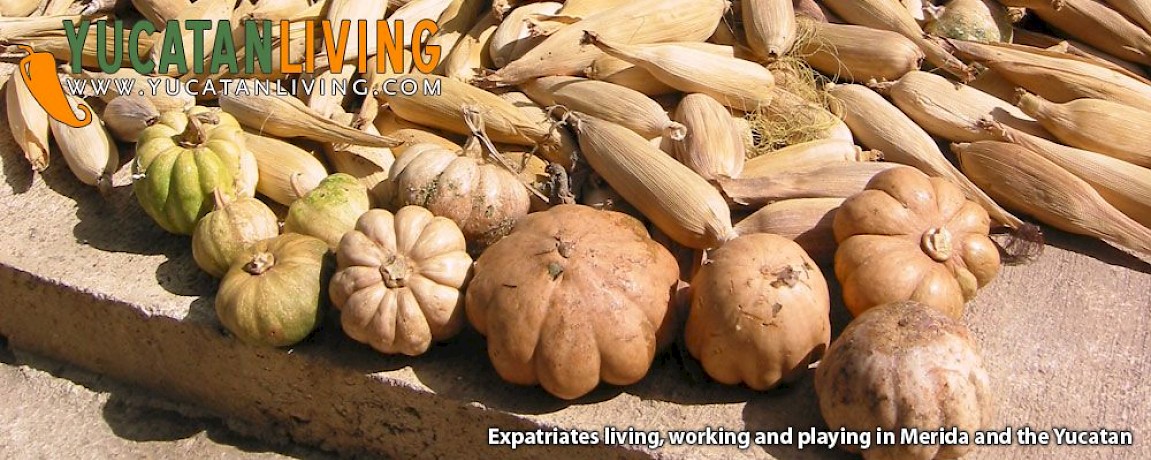


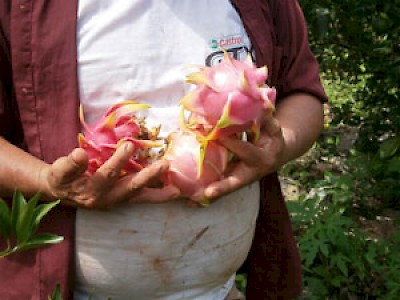
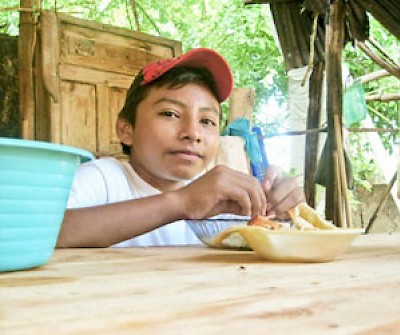
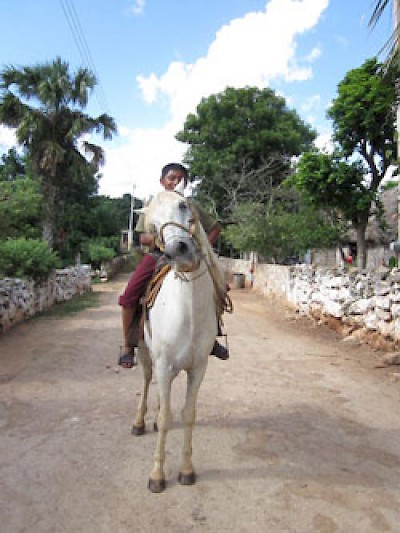
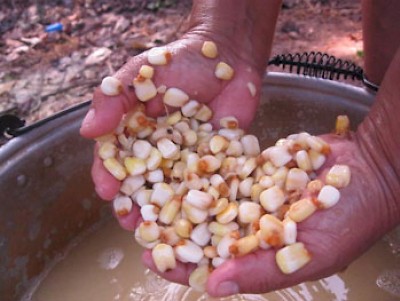
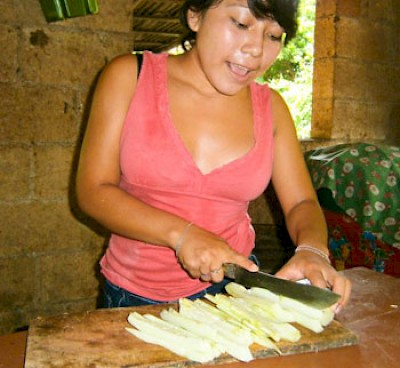

Comments
Yucatan Living » Events » Merida Events: More Music! 14 years ago
[...] Social Change Talk: Nov. 19, Photography Show: Nov. 14 – 26 From the Yucatan Living article, Semillas Tzucacab, “this project uses a technique called Photovoice, a participatory action research [...]
Reply
(0 to 1 comments)